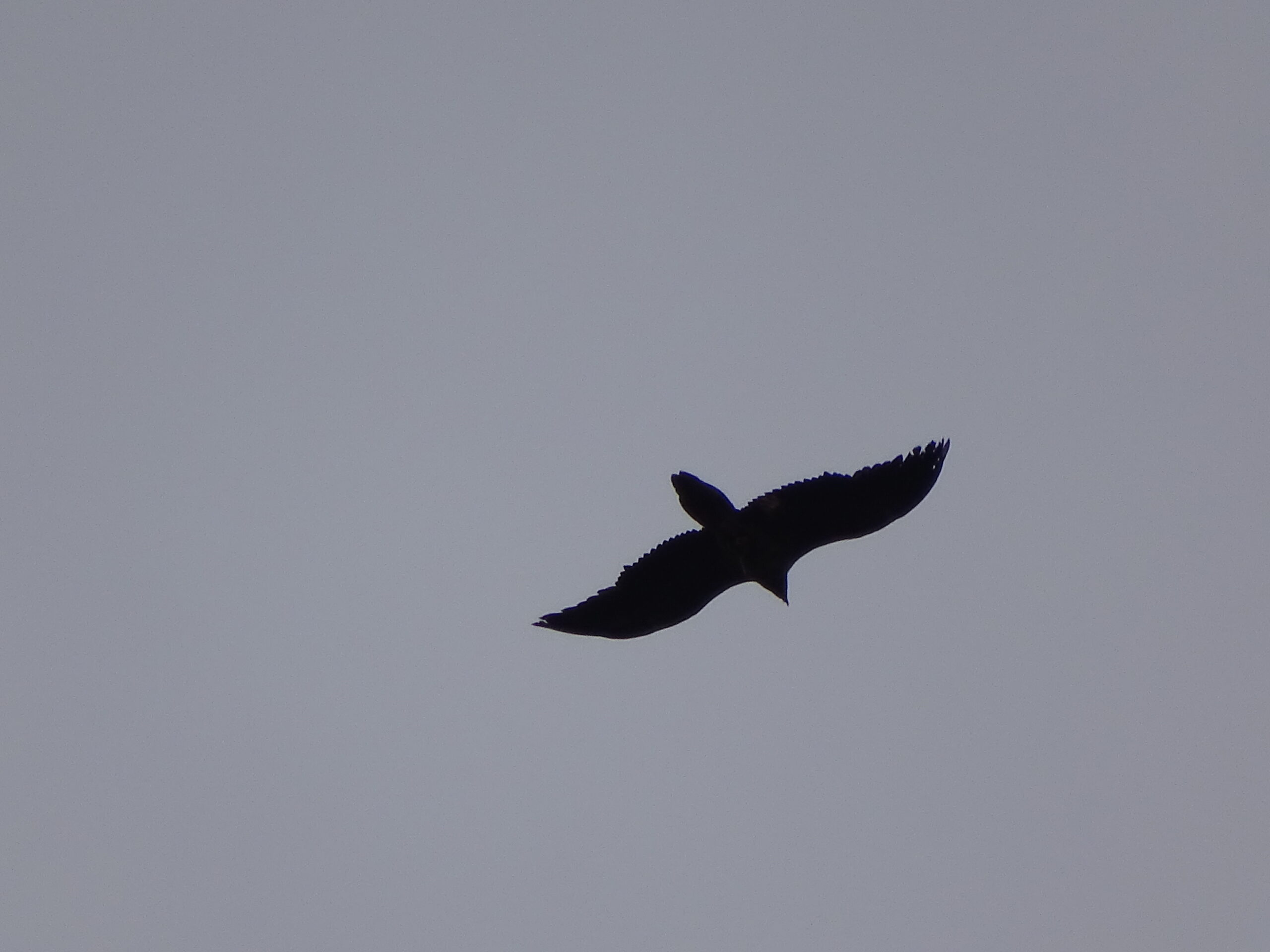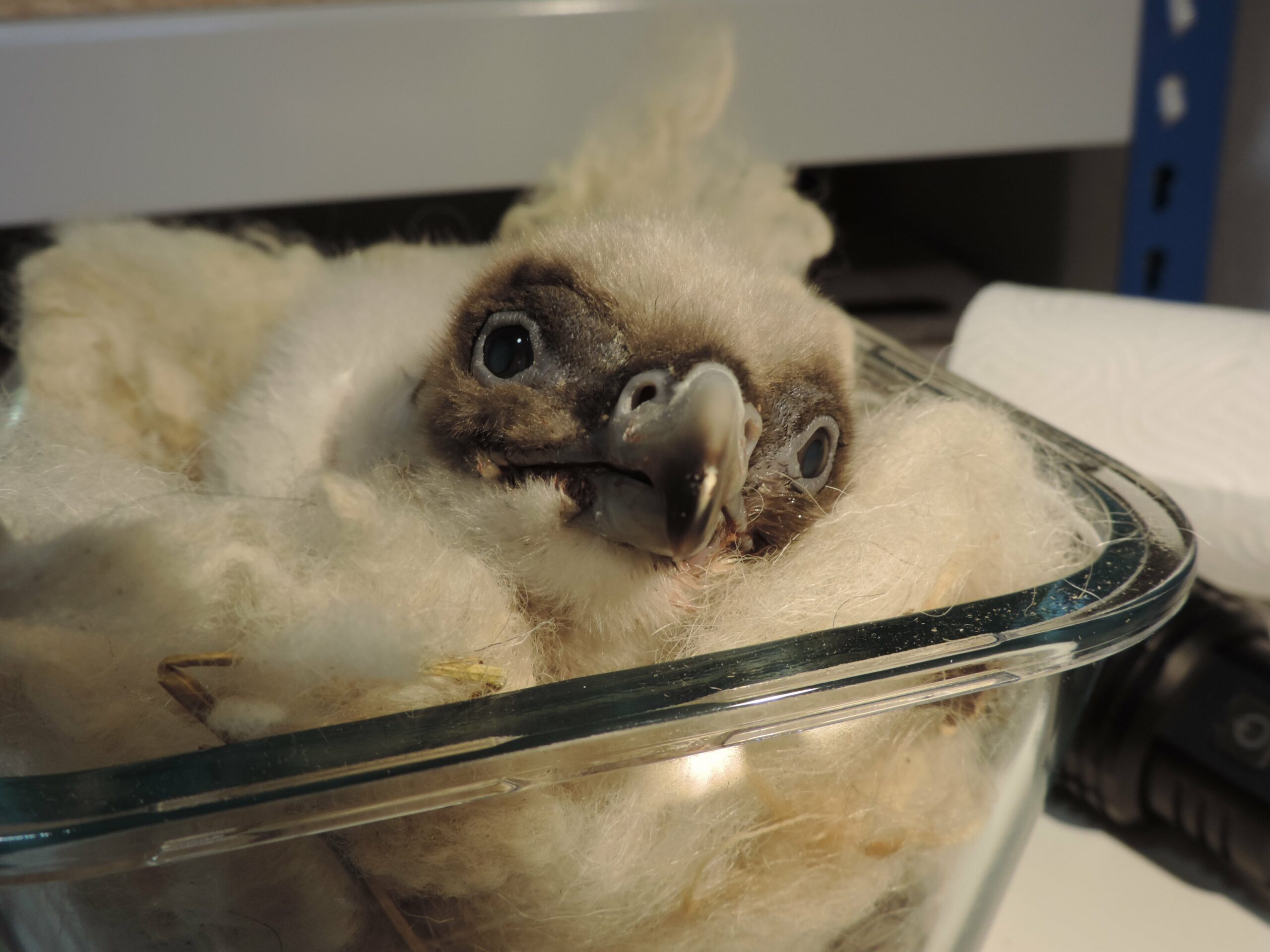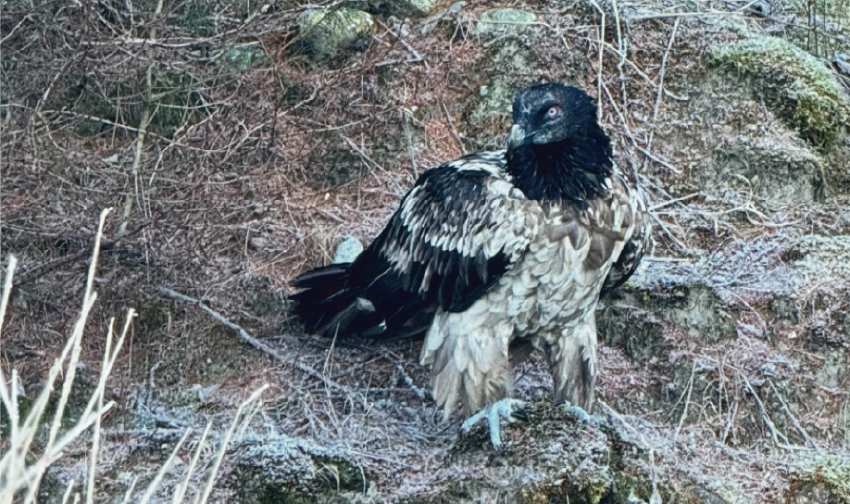
The Maestrazgo region welcomed two more Bearded Vulture chicks. This past Thursday, an official ceremony presented the two vultures to an enthusiastic crowd ahead of their release at Parque Natural de la Tinença de Benifassà.
We started the reintroduction of Bearded Vultures at Maestrazgo in Spain last year, in an attempt to reintroduce the species in the region. Historically, there was a breeding population of the vultures in the area, and now several vultures released in Andalusia regularly visit it.
Presenting the vultures
Ahead of their release into the wild, the Councillor for Agriculture, Environment, Climate Change and Rural Development, Elena Cebrián, together with the regional secretary of Environment, Francisco Javier Quesada, presented the two Bearded Vultures to locals.
Elena Cebrián emphasised “the scientific and ecological importance” of this project that goes beyond the Tinença and thanked “all the people, entities and governments that have allied to make this dream come true”. That is the return of the “crebalòs” (local name of the Bearded Vulture) to these lands.
Basi and Boira
We left the creative naming of the birds to schoolchildren, who did a great job baptizing the birds Basi and Boira. Both vultures were born in captivity, the female in the breeding centre of Cazorla (Jaén) and the male in Vallcalent (Lleida), weighing six kilos each during their release. After the ceremony, they released Basi and Boira at an adaptation aviary in Bel to help acclimatize them in the area. After one month they will be released into the wild, making their first flights. The area also has specific feeders for Bearded Vultures to encourage them to stay in the area.
Basi, Boira and their new home (c) VCF
Positive results
Alòs and Amic, the two birds released in 2018 are continuing their progress into adult life well, exploring the region.
The project also translocated Esera and Otal, two adult birds, from the Pyrenees in December 2018. Of the two, only Otal remains in the Parque Natural de la Tinença de Benifassà as Esera quickly returned to the Pyrenees, after their release last year, and has been there ever since.
Connecting populations of Bearded Vultures in Spain
The Maestrazgo region of Spain was historically a breeding site for Bearded Vultures and while there are no resident population the area is regularly visited by individuals released in Andalusia. The project to reintroduce the species to the region began in 2018 with the aim of establishing a wild breeding population that will bridge the populations in the Pyrenees and Andalusia, similar to the LIFE GYPCONNECT project in France that connects populations in the Pyrenees and the Alps. Over the course of the project captive-bred birds wil be released in specially constructed hacking sites in the Parque Natural de la Tinença de Benifassà and in a unique experiment the team, in close consultation and collaboration with us here at the Vulture Conservation Foundation, will translocate adult non-breeding or floater birds from the population in the Pyrenees to the Maestrazgo region to test how effective this method is and if that has an effect on the reproductive productivity of the Pyrenean population. As part of the project the released birds will be monitored by fitting them with GPS transmitters to better understand how the move around the region and to encourage movements of birds to the region a series of supplemetary feeding stations will be created.
The project is led by the Generalitat of Valencia, in collaboration with the Autonomous Communities from Aragón and Catalonia, the Spanish Ministry of Agriculture, Fish, Food and Environment and the us here at the Vulture Conservation Foundation.






